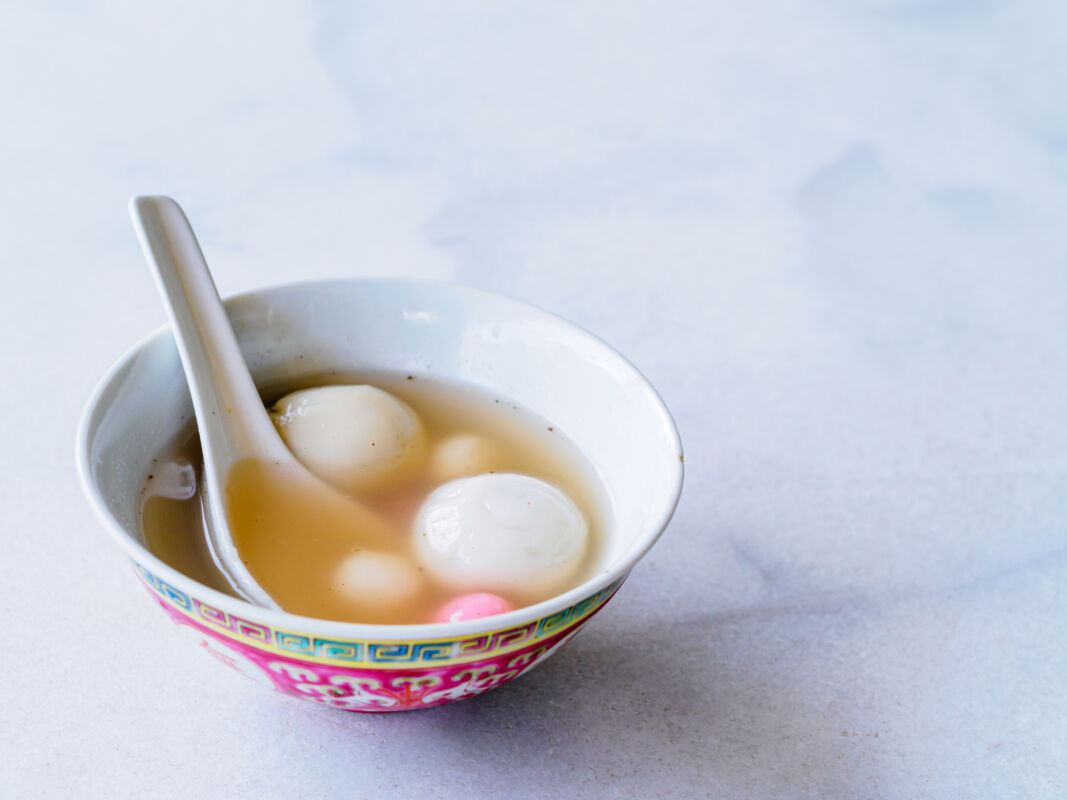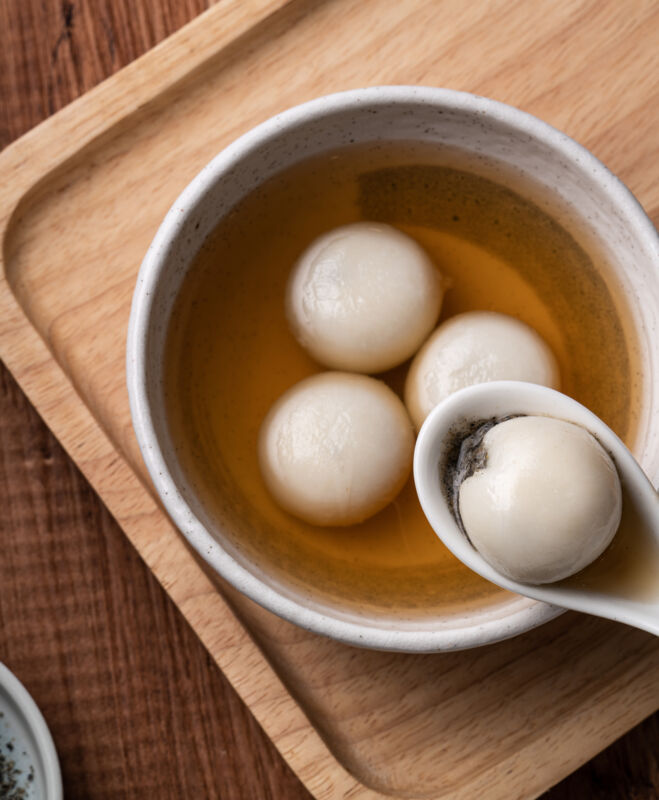Chinese New Year this year is on February 10 2024 as we welcome the Year of the Dragon. As a culture, the Chinese have many traditions, no less for the New Year. Along with the Winter Solstice, the New Year or the Spring Festival is the most important event in the lunar calendar and for both mainland and diaspora Chinese.
As someone who grew up in Canada, our family has what I would call pared down traditions. So much of Chinese New Year and Chinese festivities are centred around family and friends and it changed over the years, depending on who was visiting. It was when I lived abroad in Singapore that I began to explore and discover more and diverse traditions. While there are many common practices, China is regional, giving rise to, for example, nuances in the different dishes and desserts to celebrate each gathering. Bringing oranges on New Year’s visits in Singapore and Lo Her were new to me. And let’s face it, a big part of being in a tribe is about eating and breaking bread together.
One dessert that is beloved is called Tang Yuan. (There are other names depending on the region). These are glutinous rice balls and can be made with different fillings such as sesame or peanut and also with no filling. They are often served in a sweet ginger soup, red beans soup, or even plain water. Tang Yuan is traditionally eaten on the 15th day of the first Lunar calendar, which is the last festival day of welcoming the new year.
For Chinese New Year, the food we eat have special meaning. Being round, Tang Yuan symbolizes unity, reunion, and togetherness. I love them because they are both soft and chewy. Plus they were always a special treat. My mom also adds sweet fermented rice (酒酿/Jiu niang). For this you need a yeast starter. Unlike previously when it was not widely available in North America, you can now purchase this at Walmart or through Amazon. Check out your local herb shops and Chinese markets.


Tang Yuan Recipes
You can make Tang Yuan with sweet or savoury fillings. For this article I’m going to focus on the sweet ones to celebrate Chinese New Year. And thankfully, all the ingredients are easily available. Traditionally, the dough is laboriously made by grinding one small amount at a time of sweet rice that’s been soaked overnight. This then has to be strained overnight. For a sesame paste, you’d have to roast the seeds then roll them with a pin to crush them, adding sugar and fat to make a paste.
Here are some recipes to check out:
Tang Yuan with Peanut Fillings (she also has a recipe for osmanthus sweet fermented rice soup)
Pandan sweet soup and suggestions for natural colouring
Tang Yuan Tips:
- What you need for the dough is glutinous rice flour and water, with minimal kneading and if you make the Tang Yuan without fillings, it’s a rather quick process. If the dough is too thin, it can tear or break apart in the boiling. When making the balls, add a tiny bit of water to remedy it. So it’s a balance of flour and water that you’re experimenting with. If it’s too hard, add more water. If it’s too sticky, add more flour. Tang Yuan dough is not sticky.
- Play with different natural dyes by adding carrot juice, beetroot juice, and matcha powder to the water you’re using to make the dough.
- Place a damp cloth on top of the dough balls to keep them from cracking.
- Traditional recipes call for pork lard – you can substitute with butter or experiment with coconut oil. (I’ve found good sesame paste so I don’t need to make the fillings.)
- Cold fillings is easier to handle as they don’t stick to your hands.
- To make ginger soup, boil a small knob of old ginger and sugar to sweeten and cook to get the strength of ginger taste you want. The longer you cook it, the stronger the taste.
- One of my favourite sweet (and medicinal) soup is pear with rock sugar. You can add goji berries and dates to this as a soothing tonic for a dry throat.
- After the Tang Yuan is ready, put them into a bowl of cold water which helps to prevent them from sticking and makes them more chewy. They’re also chewier if you knead the dough longer.
- Once cooked you can store them in a liquid for a couple of days in the fridge. You’ll want to make sure they aren’t sticking to each other.

